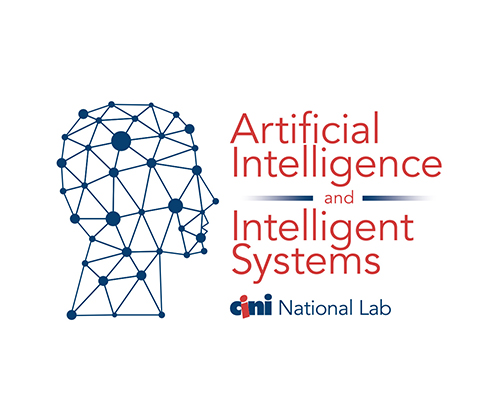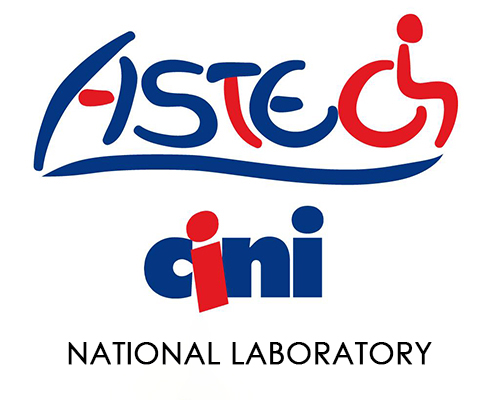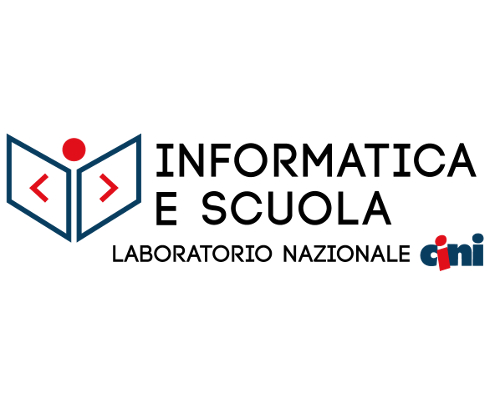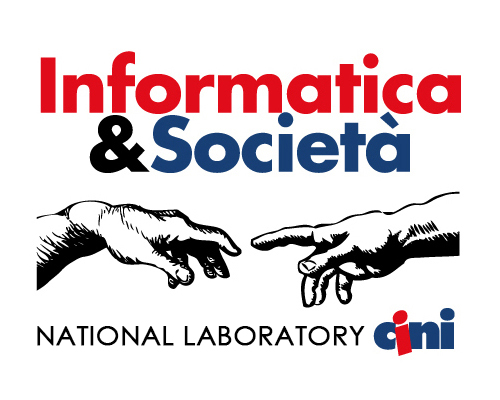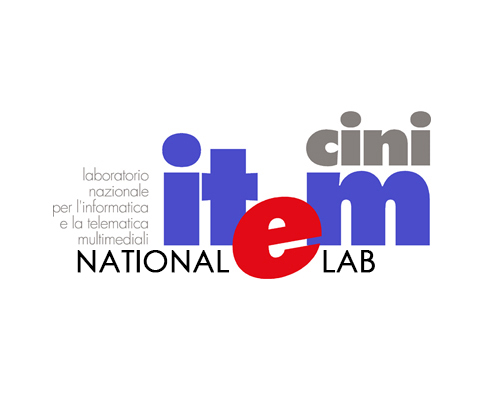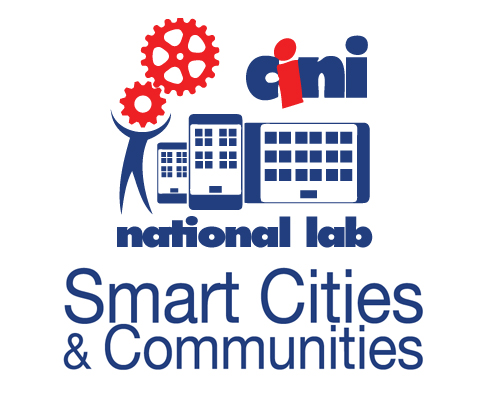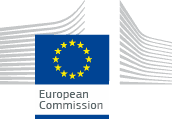A group of Italian researchers, together with colleagues from the University of Oxford, has developed an innovative mathematical model to study urban gentrification—that is, the process by which working-class neighborhoods are gradually transformed into upscale areas, often with the arrival of higher-income residents and the displacement of more vulnerable populations.
The model, created by Giovanni Mauro (Scuola Normale Superiore), Luca Pappalardo (CNR-Isti), Nicola Pedreschi (University of Oxford and University of Bari), and Renaud Lambiotte (University of Oxford), shows that even a small intervention by the wealthiest 5% of the population—such as real estate investments or moving into working-class areas—can trigger spontaneous dynamics of social exclusion and residential displacement. In other words, even without explicit intent, the housing choices of the affluent can profoundly reshape the social structure of neighborhoods.
Unlike traditional studies, which rely on aggregated data such as censuses, this model uses tools from network science to build dynamic mobility networks. By analyzing how people move over time between neighborhoods, it is possible to detect early signals of gentrification, well before changes become visible in official data. This approach represents a paradigm shift in the study of urban transformations.
According to the researchers, the model faithfully reproduces the mechanisms observed in major real-world cities and could become a predictive tool to support public administrations. The goal is to enable urban planners to intervene early, preventing gentrification processes from becoming irreversible and protecting the most vulnerable segments of the population.
The work was published in the international journal Advances in Complex Systems and has already received major recognition in 2025, including the “Best Talk Award” at the Conference on Complex Systems (CCS) and the International Conference on Network Science (NetSci). The model is currently being tested on real residential mobility data.
The paper is available at this link: https://arxiv.org/abs/2410.18004






